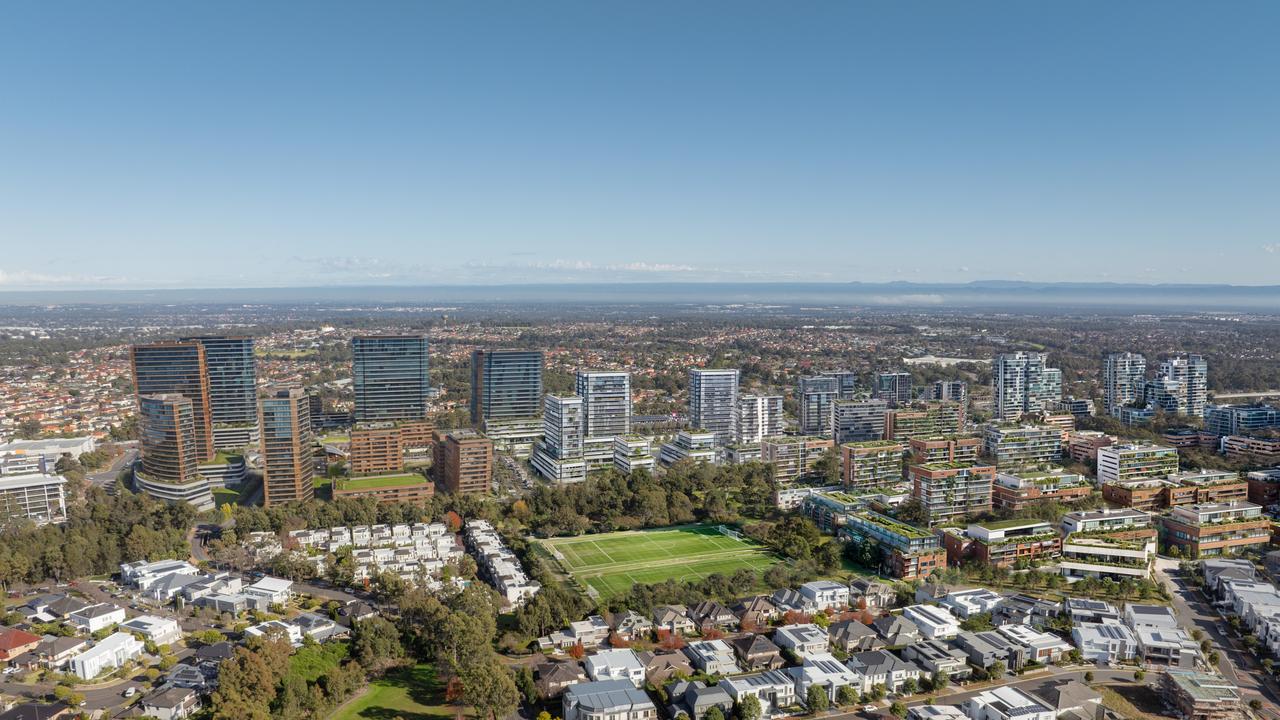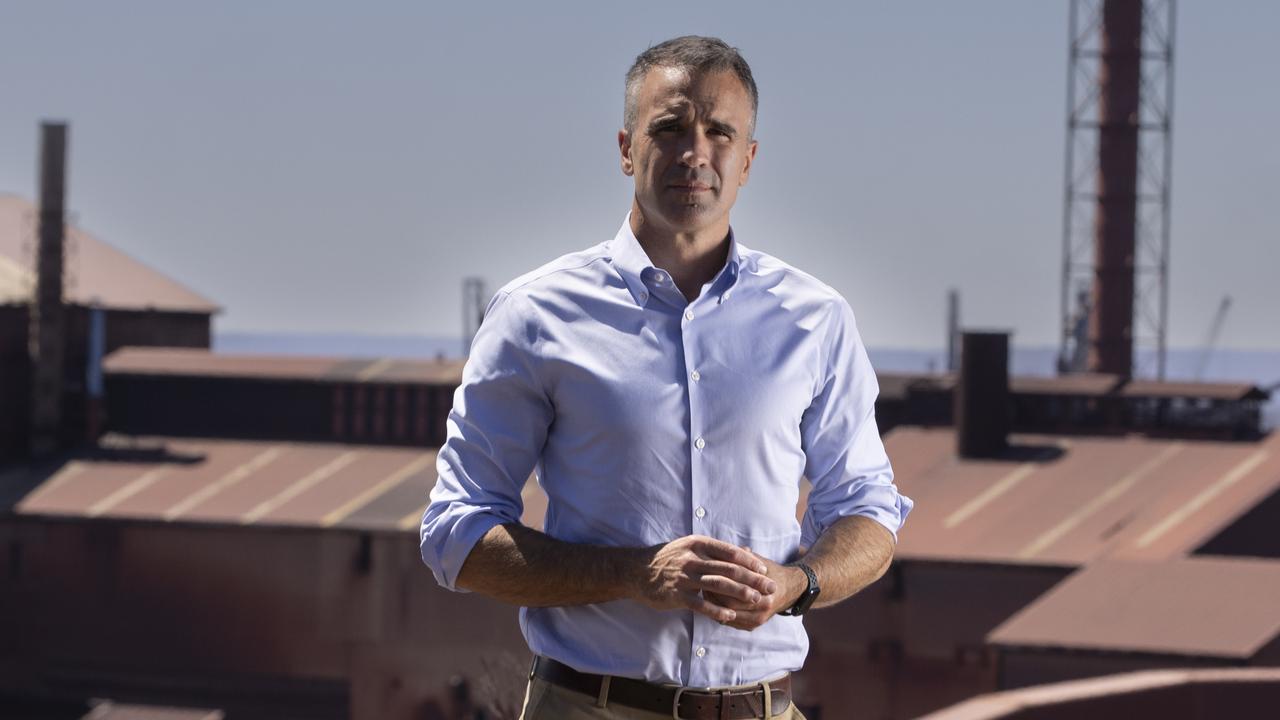Regulators say households face extended power price pressure after winter’s ‘perfect storm’
Energy regulators have warned this year’s “perfect storm” in electricity markets will push up bills for years to come, with households taking a hit from next month.
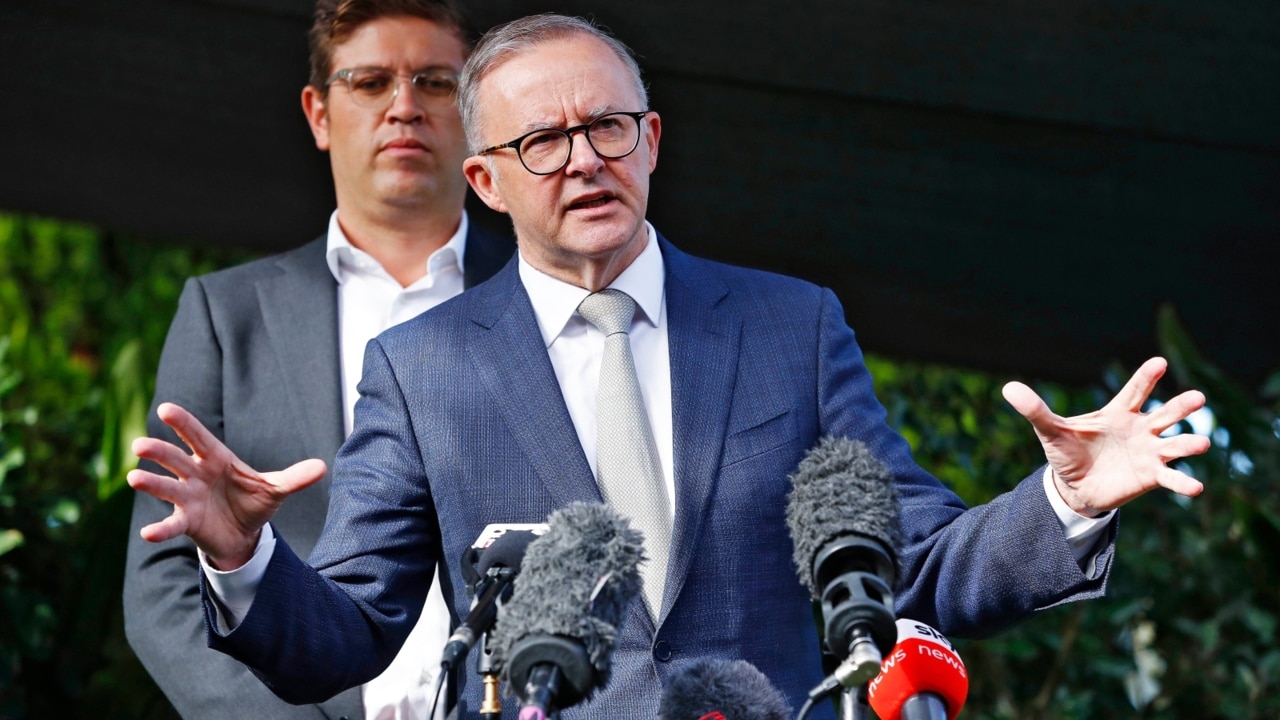
Business
Don't miss out on the headlines from Business. Followed categories will be added to My News.
Key energy market regulators have warned this year’s “perfect storm” in electricity markets will push up bills for years to come, with households warned to brace for higher electricity bills from next month.
The Australian Energy Regulator and the Energy Security Board will release their annual reports on the state of the National Energy Market on Thursday, warning that electricity costs are likely to keep rising for years as generators struggle with higher fuel costs, cheaper coal-fired generators leave the market and Anthony Albanese’s ambitious $20bn transmission line plan begins to affect household bills.
In May, rising wholesale energy prices forced the AER to approve a lift in its default market offer price that could result in electricity bill increases of 8.5-18.3 per cent for NSW households, and 11.3-12.6 per cent in Queensland.
The default market offer (DMO) is the maximum price an electricity retailer can charge a standing offer customer each year, and households that chase discounted offers from their retailer generally pay far less than the maximum charges allowed by the AER. But the DMO remains a key indicator for the extent of the bill shock likely to be faced by consumers over coming months.
Under the AER’s ruling, small businesses in NSW face prices that could be 10-19.7 per cent higher, and 12.8 per cent higher in Queensland.
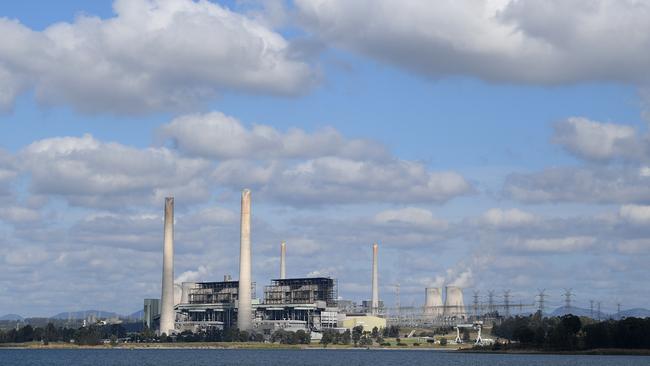
Those increases will begin to flow into quarterly bills from October, but worse is likely to come, according to the ESB and AER. “In coming years, there are multiple factors that will continue to push up costs,” the ESB says in its annual Health of the NEM report.
Those include elevated national inflation rates, which flow into network tariffs, and global supply chain disruptions, including the energy crisis in Europe, which is pushing up coal, oil and gas prices across the world.
Labour shortages in critical areas would also play a role, the ESB says, as well as the Reserve Bank’s decision to push up interest rates to combat inflation, which is likely to flow into the borrowing costs of electricity generators, transmission line operators and energy retailers.
AER chair Clare Savage said the regulator’s State of the Energy Market report showed that rising energy bills were likely to put further pressure on consumers already struggling with the rapidly rising cost of living.
“Energy prices are pushing up in an environment where consumers already face higher costs of living,” she said.
“We’ve seen record wholesale energy prices in July, but network costs are also likely to increase as inflation and rising cost of capital impact the cost of network investments that will be needed to support an orderly decarbonisation of the energy system.”
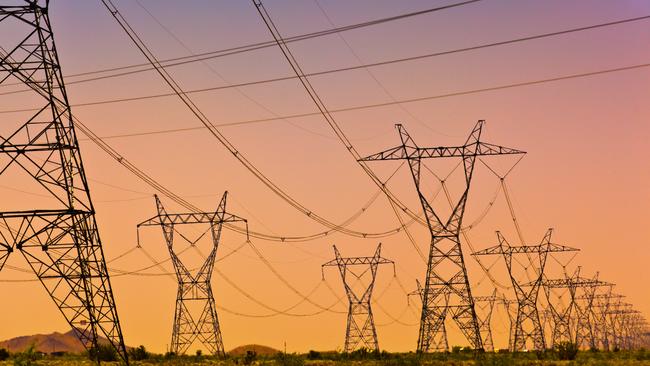
While it is possible that fuel costs for generators will fall, network costs – towers, poles, wires and other infrastructure needed to transport electricity to customers – make up 40-50 per cent of household electricity bills.
Those costs are unlikely to fall in the next few years, given the cost of building new transmission lines and other infrastructure needed to bring new renewable energy sources into the grid will eventually flow into bills sent to consumers.
The AER notes that $12.8bn worth of new transmission infrastructure is already in the works over the next four years – including Transgrid’s Project EnergyConnect and its Queensland-NSW interconnector project.
More is in the planning, including a 4500 kilovolt line to connect Wagga Wagga, Bannaby and Maragle.
This year’s winter energy crisis was triggered by a “perfect storm” of significant outages in east coast coal-fired generators, combined with lower than expected output from renewable energy sources and spikes in the price of gas and coal.
The crisis pushed NSW gas retailer Weston Energy to the wall, forced the Australian Energy Market Operator to cap spot gas prices at $40 a gigajoule, and led to the temporary suspension of the entire market for two weeks in June as wholesale electricity prices surged beyond control amid the chaos.
While the “record and persistent” wholesale prices reached during the peak of the crisis have eased, the AER market report says little short-term relief is likely. “Electricity contract markets alongside coal and LNG netback projections suggest those high prices will persist over at least the next two years,” the report says.
And while widespread blackouts in the NEM were largely avoided, both the ESB and AER reports warn the early exit of coal-fired generators could hurt the reliability of the NEM without rapid construction of new renewable energy generators and transmission infrastructure, and if incentives are not put in place to ensure the nation’s remaining coal-fired fleet is kept properly maintained.
“If enabling reform and investment proceeds on schedule and new generation investment proceeds at the required rate, there is time for the orderly replacement of coal generation,” the ESB report says.
“However, if retirements accelerate or if there are delays in enabling reform and investment, there is a growing risk of reliability gaps and a disorderly transition.”
Generators have already announced that about 8 gigawatts of the current 23GW of coal-fired capacity will leave the market by 2030, but AEMO’s most recent integrated system plan (ISP) suggests the final number will be closer to 14GW – or about 60 per cent of the NEM’s current coal-fired capacity. But that figure may grow again given the reports were compiled ahead of Queensland Premier Annastacia Palaszczuk’s Wednesday announcement that the state would completely phase out coal-fired generation by 2035.
Originally published as Regulators say households face extended power price pressure after winter’s ‘perfect storm’




